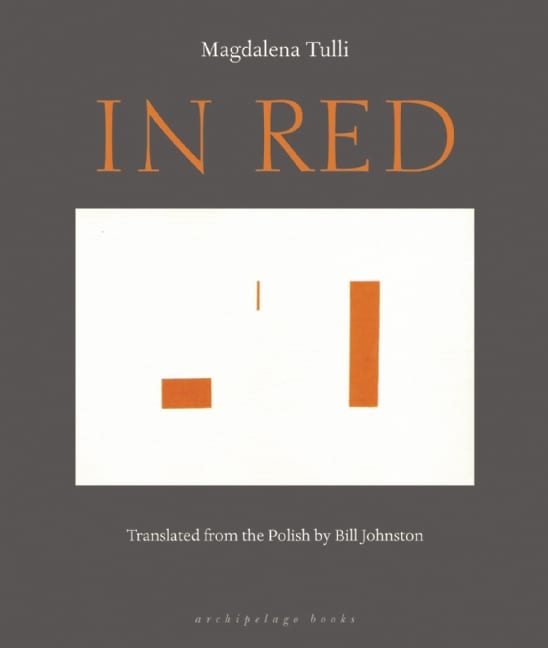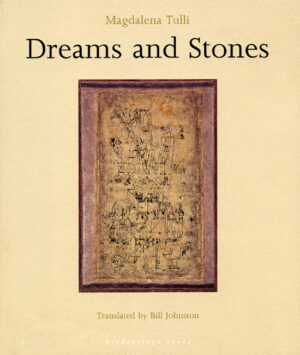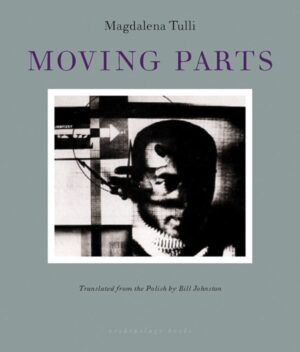Book Description
By the Koscielski Prize-winning author of Dreams and Stones, In Red is a gorgeous, dreamlike depiction of a world that is unreal, yet strangely familiar and utterly convincing. Set in a mythical fourth partition of Poland, In Red is full of haunting descriptions of the town and its inhabitants, who act out their dramas, undergo various ordeals, and live and die without notice—each background like a theater set, to be replaced by another. This beautiful story appeals to a universal sympathy; its power lies in Tulli’s evocative, almost hallucinatory use of language.
There is much to treasure. Tulli plays with the line between unexpected and quirky very well. . . . You can't help but to want to return again and again.
— NPR
Tulli strings together stories with compelling logic . . . Her evocation of a town where everything beautiful is tainted with death never feels far removed from reality.
— The New Yorker
Enchanting. . . . Bill Johnston's translation is simply gorgeous.
— The Coffin Factory
A beautifully flowing translation. Johnston aptly captures the dreamy as well as the stark quality of the original.
— Danuta Borchardt
Powerful imagery caught in a sinewy, architectural, elegiac prose. An inner-outer dance of cityscape with the taut emotion, terror & psyche of the 'human.' Where are we? What magical zone of dream and stone? We are inhabitants of the wild, brilliant imagination of Magdalena Tulli. This book is a great pleasure to read: deeply provocative, intuitive, haunting. 'I hunt among stones' was Charles Olson's probing line, a mission manifested here with full beauty & finesse. And rendered from Polish to English in an inspired translation by Bill Johnston.
— Anne Waldman
In Red is an alluring fantasy of creation and decay...
— The Los Angeles Review of Books
A startling, beautiful, powerful achievement.
— W.S. Merwin
—




